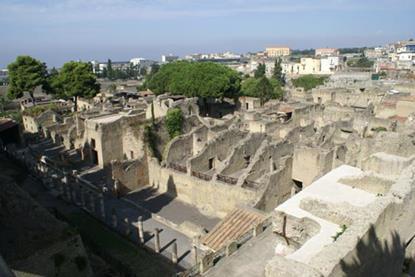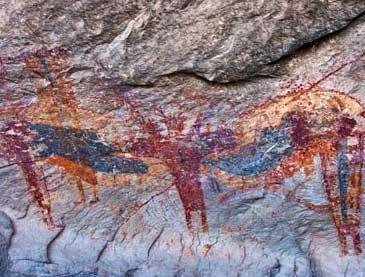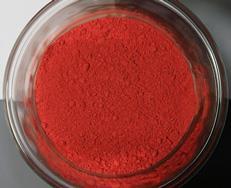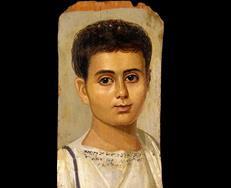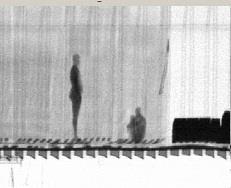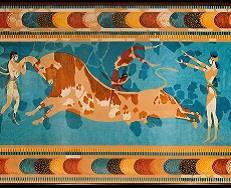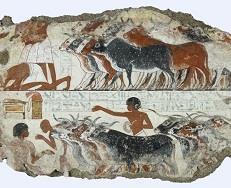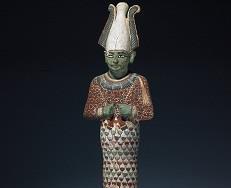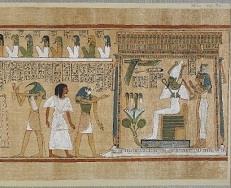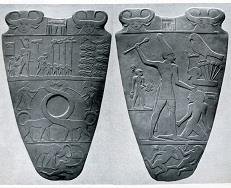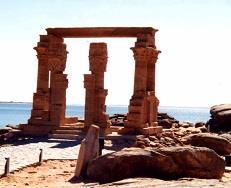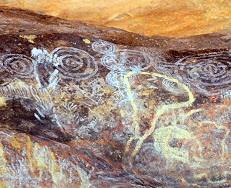- Home
- I am a …
- Resources
- Collections
- Remote teaching support
- Starters for ten
- Screen experiments
- Assessment for learning
- Microscale chemistry
- Faces of chemistry
- Classic chemistry experiments
- Nuffield practical collection
- Anecdotes for chemistry teachers
- Literacy in science teaching
- More …
- Climate change and sustainability
- Alchemy
- On this day in chemistry
- Global experiments
- PhET interactive simulations
- Chemistry vignettes
- Context and problem based learning
- Journal of the month
- Chemistry and art
- Classic chemistry demonstrations
- In search of solutions
- In search of more solutions
- Creative problem-solving in chemistry
- Solar spark
- Chemistry for non-specialists
- Health and safety in higher education
- Analytical chemistry introductions
- Exhibition chemistry
- Introductory maths for higher education
- Commercial skills for chemists
- Kitchen chemistry
- Journals how to guides
- Chemistry in health
- Chemistry in sport
- Chemistry in your cupboard
- Chocolate chemistry
- Adnoddau addysgu cemeg Cymraeg
- The chemistry of fireworks
- Festive chemistry
- Collections
- Education in Chemistry
- Teach Chemistry
- Events
- Teacher PD
- Enrichment
- Our work
- More navigation items
Art analysis
Scientific analyses have yielded some startling insights into historic works of art, bringing new interpretations and sometimes entirely different viewpoints. See what scientists have uncovered about these different pieces of art for yourself.
Practical resources
Analysis of cave paintings
In this practical, student gain an understanding of how cave painters may have used the natural rock formation to paint the animals and scenes onto them and how later painters have continued with this tradition.
Making concrete
In this experiment, students determine how different sized materials with binder increase the stability and strength of mortar and concrete. Also, students can test how altering the proportions of cement, water and different aggregates affects concrete’s properties.
Herschel infrared experiment
In this experiment, students measure the temperature thermometers reach as they are placed throughout (and beyond) the spectrum of visible light.
Measure the speed of light
In this experiment, students report their findings when bread, covered in butter, is placed in a microwave without the turning plate. They also use their data to calculate the speed of light.
Making solder as an alloy of tin and lead
Try this practical to make solder by heating together the metals tin and lead before investigating the alloy’s properties. Includes kit list and safety instructions.
All resources
Conservation in Herculaneum
Herculeaum is a special case of art in an archaeological setting. So how is it conserved?
Prehistoric pigments
What pigments were used for cave painting and where did they come from?
Roman commerce in pigments
Did the Romans use the same materials as the Greeks in their painting? And where did the pigments come from?
Ancient Roman art: an imitation of Greek art?
A traditionally accepted view of ancient Roman art is they borrowed from, and copied, Greek precedents. The picture, however, is more complex and recent archaeological research indicates Roman art is highly creative.
Were Ancient Greek statues white or coloured?
Renaissance artists studied the sculptures and monuments of Greece and Rome and emulated them in their own work, ie they imitated the art. This perspective of art has echoed down the centuries to influence the appearance of Western art and architecture today.
Radiography
Part of the art conservation process is the examination and investigation of the artefact to determine its structure, make-up or stability. This resource investigates the two main types of radiography used: x-ray and gamma.
Restoration of Minoan paintings: Imitation or reproduction?
Minoan art tells of a people who were keen observers of their world, in touch with the environment and enjoying the world they lived in.
Greek art theory influences future art
Here we look at how the influences on Ancient Greek art, including the importance, and what is meant by, the Goldern Ratio.
Conservation of Egyptian art
The ethical questions of whether ancient works of art should be be conservered or restored are investigated with this resource.
Egyptian myths
The Egyptians developed a world view in which events and conditions were attributed to the actions of multiple, related gods and goddesses. Here are some of those stories.
Principles of Egyptian art
Understanding Egyptian art lies in appreciating what it was created for. Ancient Egyptian art must be viewed from the standpoint of the ancient Egyptians not from our viewpoint. Here we explore the basis of Egyptian art.
Egyptian art
To understand and appreciate Egyptian art one must look at the beginnings of art in Egypt and how it developed, for in that development lay the roots of many ideas and techniques. This resources explores this development.
Defining the age of a rock or cave painting
Discover how it is possible to date rock and cave paintings, using science.
Style in cave paintings
How does the style of cave art change around the world?

















